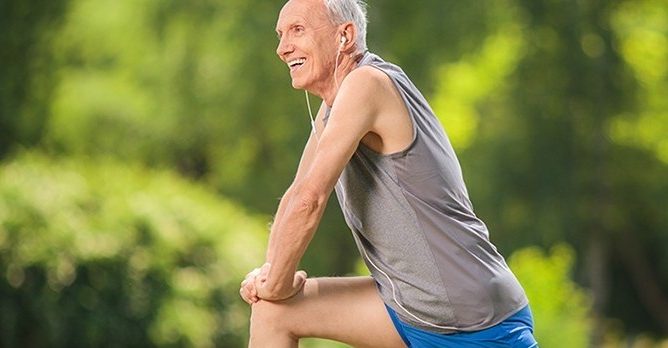The Benefits of Exercise for Individuals with MS

In the past, exercise was discouraged for individuals with Multiple Sclerosis (MS) because it was thought to induce fatigue. However, recent studies have proven that individuals with MS have similar gains from exercise to their healthy counterparts.
What is MS?
MS is a chronic illness that has baffled scientists for years. Its cause and cure are still unknown, which is a frightening concept as MS can lead to permanent disability. MS currently affects over 60,000 Canadians. Recent findings by Dr. Paolo Zamboni have aroused much discussion and hope for individuals across Canada and around the world (1). MS is an inflammatory neurological disease which affects any myelinated structure within the central nervous system including the brain, spinal cord and optic nerves. Scientists have speculated that the causes of MS relate to genetic and environmental factors as well as autoimmune processes (2).
Recent work by Dr. Zamboni has shown MS to be related to chronic cerebrospinal venous insufficiency (CCSVI) – a vein blockage or narrowing in the head or neck causing a buildup of iron in the brain (1). Further studies are required to support these findings and thus an emergency debate was recently held in the House of Commons calling upon the government to provide $10 million to support research (3).
The increased awareness and action associated with MS provides hope to many. The MS Society of Canada suggests that those diagnosed with MS have patience, and promotes the continued use of treatments until the experimental procedure is further evaluated (4).
How Does Exercise Help?
Exercise increases cardiorespiratory endurance, muscular strength, flexibility, mobility and helps to prevent the onset of secondary diseases (2).
What Program is Right for You?
Symptoms affecting individuals with MS vary from person to person. These symptoms can include Uhthoff’s Syndrome, spasticity, tremor and ataxia. Uhthoff’s Syndrome is when individuals have a visual sensory abnormality with difficulty desaturating colour(2). This symptom is aroused by an increase in body temperature, thus it is extremely important that individuals with MS consume water throughout their fitness program.
Spasticity affects the musculature of the body. Muscles receive constant signals to contract and tighten. The ability for the individual to maintain upright posture is thus inhibited, as is their range of motion. Often, individuals lean forward as a response to the contraction of various muscle groups. This decreases pulmonary function and causes individuals to have a difficult time performing actions overhead (2). It is important to strengthen postural muscles. Posture can also be improved by stretching shortened muscles (the ones continuously contracting) and strengthening opposing muscle groups.
Tremors affect fine motor skills like threading a needle or pressing a button. Ataxia has a greater affect on gross movements such as a sitting to standing motion. Both symptoms have a substantial effect on quality of life because they limit the individual and make it difficult for them to be self sufficient. They also increase fatigue, which is a debilitating symptom experienced by the majority of individuals with MS.
Fighting Fatigue
Exercise can strengthen against fatigue and counter the symptoms mentioned above. It is important that sufficient time is given between weight sets and exercises, and that individuals monitor their fatigue and listen to their bodies as to not overexert themselves. Training in the morning may also assist in maintaining energy throughout a training session, as fatigue generally increases as the day progresses (2).
It is advised that strength exercises include several repetitions to increase endurance. The body is composed of two major types of muscle fibers: type one and type two. Individuals with MS should target type one fibers because they have greater resistance to fatigue. As MS progresses towards paralysis, the body naturally develops more type two fibers. These are able to contract and relax quickly; however, they are not optimal for the majority of everyday activities such as climbing stairs. Increased repetitions while weight training will help to build strength and increase type one fibers in the body.
Get Moving Tip
Individuals with MS have an increased risk of falls due to impaired balance and coordination. Tai Chi and Yoga can bring stability and increase the coordination of movements. They also help to improve flexibility, build muscle strength and improve resistance to fatigue.
Aquatic activities prove to be beneficial for individuals with MS and add variety to a training program. The support provided by the water makes balance less of a challenge. When the body is submerged to chest level in cool water, body temperature can be maintained. Many symptoms of MS are stimulated by an increase in body temperature. Aquatic training will provide resistance for results in strength gains, improving range of motion and the cardiorespiratory system (2).
Do you have MS or know of someone who could benefit from an appropriately designed exercise program?






